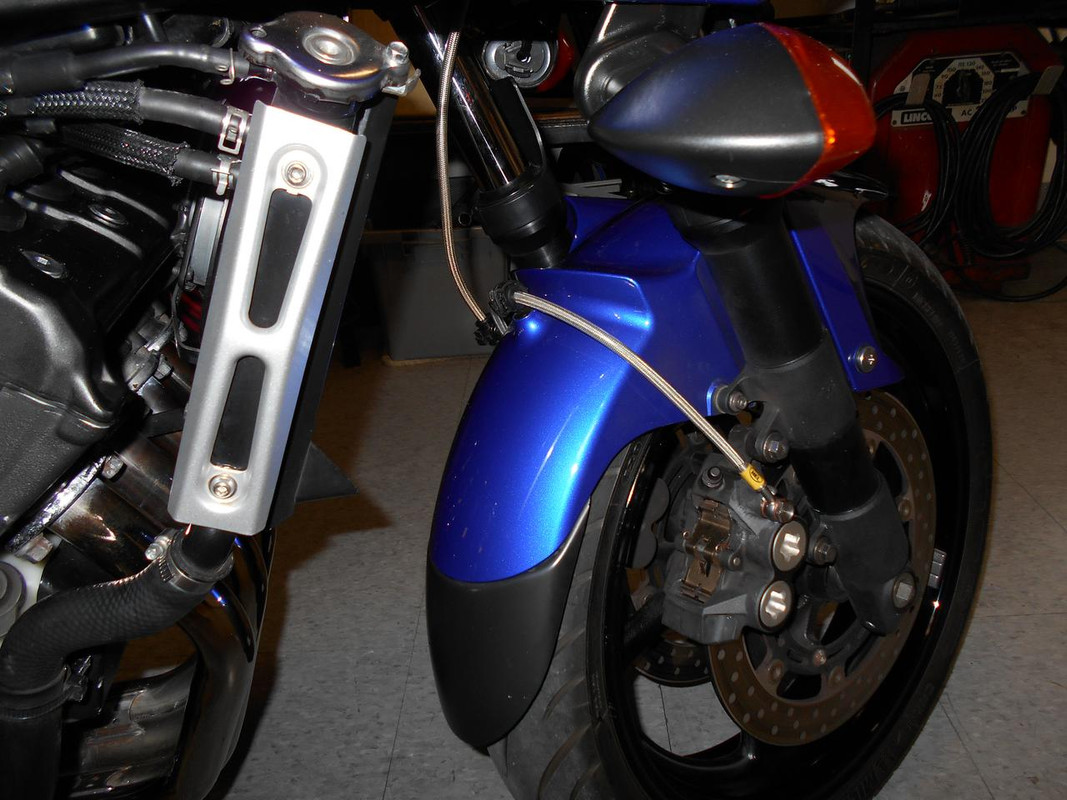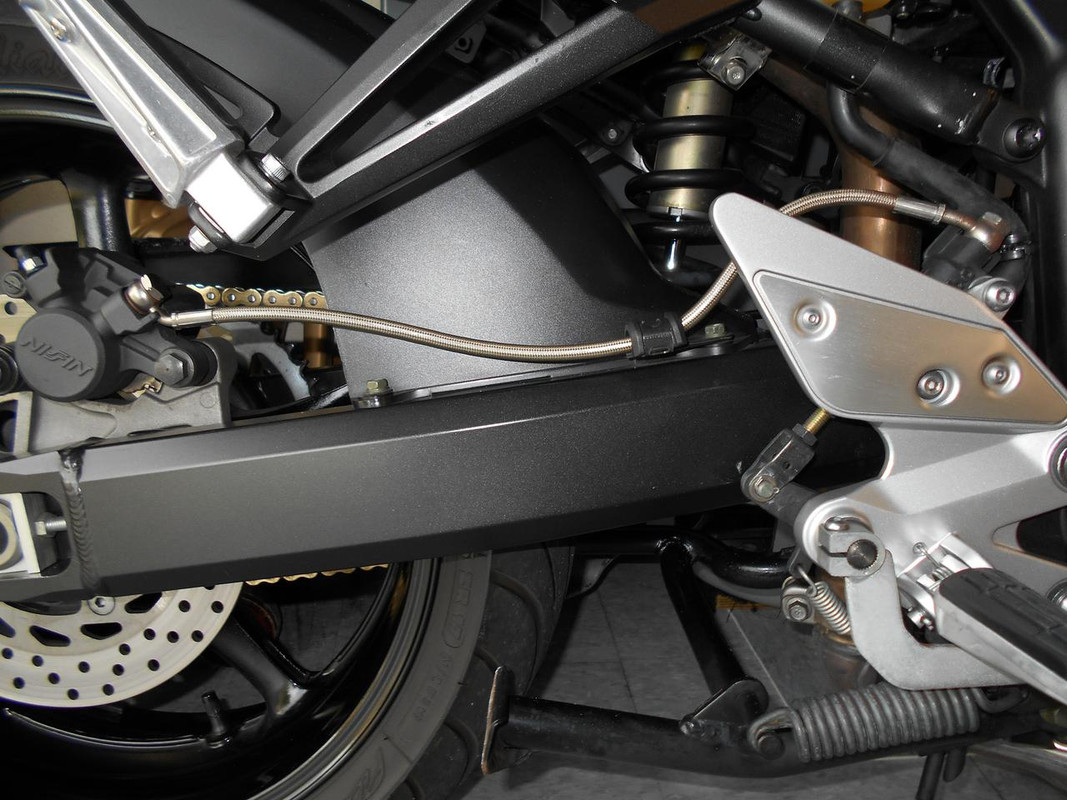MIJ_FZ6
New Member
Getting ready for spring 2019, I ordered a handfull of goodies. New Yamaha 5gh oil filter, air filter, going to pickup a battery just because. I've got a few extra bucks and would like to replace the stock rubber brake lines. I did it on my other bikes and love the difference. However this bike has a few options that I am not familiar with vs my single caliper bikes.
Which option do I want? Over mud guard? Full length race? I don't race the bike. Here are a few options:
Motorcycle | Yamaha | FZ6

Venhill:
Venhill Braided Front Brake Lines 2004-2016 Yamaha FZ6/FZ6R | Venhill USA

I have seen a lot of sellers combine the fz6 and the fz6r as well.
Which option do I want? Over mud guard? Full length race? I don't race the bike. Here are a few options:
Motorcycle | Yamaha | FZ6
Venhill:
Venhill Braided Front Brake Lines 2004-2016 Yamaha FZ6/FZ6R | Venhill USA
I have seen a lot of sellers combine the fz6 and the fz6r as well.



